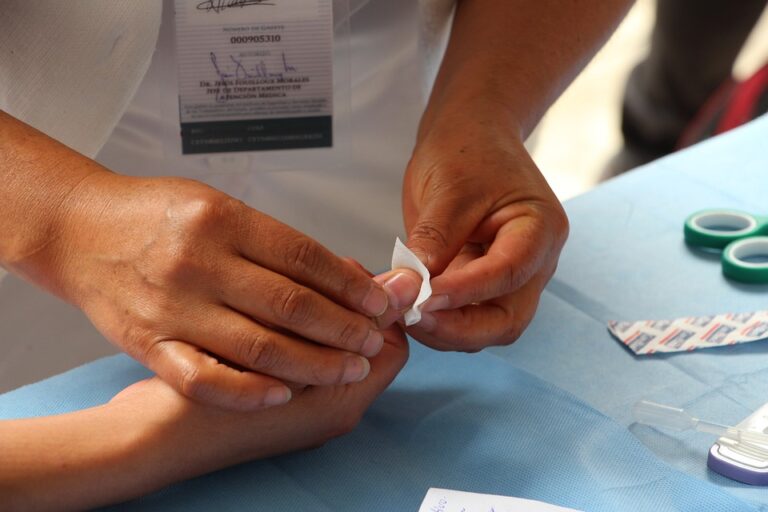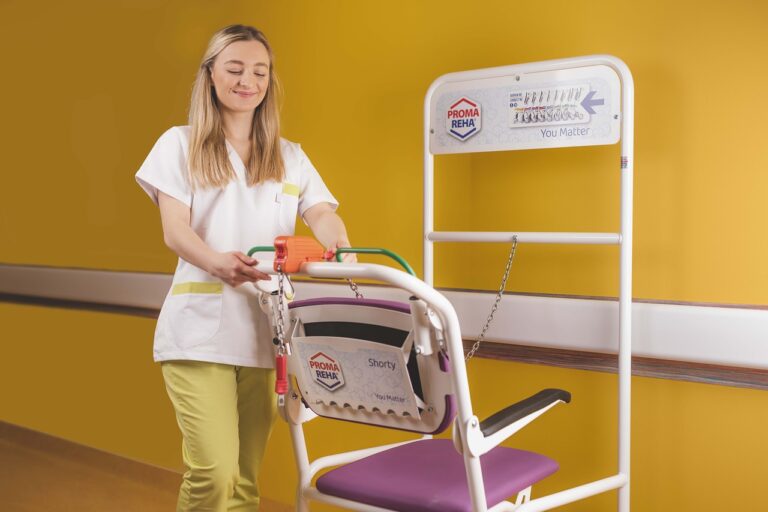Book Appointment Now

Evidence-Based Practice in Nursing Care
Evidence-Based Practice (EBP) in nursing care has become increasingly significant in both scholarly research and professional settings. EBP involves the integration of the best available research evidence, clinical expertise, and patient preferences to deliver high-quality care. This approach is essential in addressing the complexities of modern healthcare, ensuring that nursing interventions are not only effective but also patient-centered. By adopting EBP, nurses can improve patient outcomes, optimize resource utilization, and enhance their professional competencies. This paper explores the principles of EBP, its impact on nursing care, and the challenges and strategies for its implementation in clinical practice.
Get a custom paper help about EBP in nursing care
Order Custom Nursing Paper
Theoretical Framework of Reference
EBP in nursing is grounded in theoretical frameworks that guide its application and integration into clinical settings. The Iowa Model of Evidence-Based Practice to Promote Quality Care provides a structured approach to identifying clinical problems, reviewing evidence, and implementing changes to enhance patient outcomes (Titler et al., 2001). This model emphasizes interdisciplinary collaboration and continuous evaluation to ensure the effectiveness of evidence-based interventions.
The ACE Star Model of Knowledge Transformation focuses on the process of converting research findings into practical applications in nursing practice (Stevens, 2004). It outlines five stages: discovery, summary, translation, integration, and evaluation, offering a systematic method for incorporating evidence into patient care.
Additionally, the Health Promotion Model (HPM) by Nola Pender emphasizes patient-centered care by addressing individual behaviors and environmental influences on health outcomes (Pender, 1996). These frameworks provide a comprehensive foundation for nurses to integrate EBP into their daily practice effectively.
Dimensions of Evidence-Based Nursing Care
The adoption of EBP in nursing care has a profound impact on physical, emotional, and professional dimensions.
Physical Dimension: EBP directly improves patient health outcomes by ensuring that nursing interventions are backed by scientific evidence. For instance, evidence-based protocols for preventing hospital-acquired infections, such as hand hygiene practices and catheter care guidelines, have significantly reduced infection rates in clinical settings (Centers for Disease Control and Prevention [CDC], 2022).
Emotional Dimension: EBP fosters trust and confidence between nurses and patients by prioritizing personalized care. When patients are involved in decision-making processes based on evidence, they feel more empowered and supported. For example, involving patients in shared decision-making regarding pain management plans enhances their satisfaction and emotional well-being.
Professional Dimension: For nurses, EBP enhances clinical skills, critical thinking, and professional growth. The use of evidence-based protocols provides nurses with a sense of competence and confidence in their practice. Moreover, engaging in EBP contributes to the advancement of nursing as a profession by bridging the gap between research and practice.
Evidence-Based Interventions in Nursing Care
EBP is applied across various aspects of nursing care, from patient safety to chronic disease management.
Infection Control: Evidence-based infection control practices, such as the use of chlorhexidine for central line care and antibiotic stewardship programs, have been proven to reduce the incidence of healthcare-associated infections (HAIs) (Krein et al., 2019).
Pain Management: EBP in pain management includes multimodal strategies that combine pharmacological and non-pharmacological interventions. For example, studies support the use of cognitive-behavioral therapy (CBT) alongside medication for managing chronic pain (Eccleston et al., 2020).
Fall Prevention: Fall prevention programs based on evidence, such as hourly rounding, patient education, and the use of fall alarms, have significantly reduced fall-related injuries in hospitalized patients (Oliver et al., 2018).
Pressure Ulcer Prevention: Implementing evidence-based interventions like regular repositioning schedules, pressure-relieving devices, and skin assessments has been instrumental in reducing the prevalence of pressure ulcers (EPUAP/NPIAP/PPPIA, 2019).
Challenges in Implementing Evidence-Based Practice
Despite its benefits, implementing EBP in nursing care is not without challenges.
Knowledge Gaps: Many nurses lack training in research appraisal and the skills required to interpret and apply evidence in practice. Bridging this gap requires incorporating EBP education into nursing curricula and providing ongoing professional development opportunities.
Resource Constraints: Limited access to research databases, time constraints, and staffing shortages can hinder the adoption of EBP in busy clinical environments. Addressing these barriers requires organizational support and investment in resources that facilitate evidence-based care.
Resistance to Change: Resistance from healthcare staff, often due to skepticism about new practices or fear of increased workload, is a common barrier to EBP implementation. Effective leadership and fostering a culture of collaboration are essential for overcoming resistance.
Also read:
Strategies for Enhancing Evidence-Based Practice
To overcome challenges and promote EBP in nursing, several strategies can be employed:
Education and Training: Providing nurses with education on EBP principles and skills, such as literature appraisal and research translation, equips them to apply evidence effectively in clinical settings.
Leadership Support: Nurse leaders play a critical role in advocating for EBP by fostering a supportive culture, allocating resources, and recognizing staff contributions to evidence-based initiatives.
Collaborative Practice: Encouraging interdisciplinary collaboration enhances the implementation of evidence-based interventions. For instance, nurses, physicians, and pharmacists can work together to develop and execute effective care plans.
Technology Integration: Leveraging technology, such as electronic health records (EHRs) and decision-support tools, streamlines the application of evidence in real-time clinical decision-making.
Conclusion
Evidence-Based Practice in Nursing Care is a transformative approach that integrates research, clinical expertise, and patient preferences to deliver high-quality, patient-centered care. By adopting theoretical frameworks such as the Iowa Model and ACE Star Model, nurses can systematically apply evidence to improve patient outcomes. Although challenges like knowledge gaps and resource constraints persist, strategies such as education, leadership support, and interdisciplinary collaboration provide pathways to overcoming these barriers. As the healthcare landscape continues to evolve, EBP remains central to advancing nursing practice and improving the overall quality of care.
References
- Centers for Disease Control and Prevention (CDC). (2022). Guidelines for infection prevention and control in healthcare settings. Retrieved from www.cdc.gov.
- Eccleston, C., et al. (2020). Psychological approaches to chronic pain management: Evidence and challenges. Pain, 161(6), 1123-1125.
- EPUAP/NPIAP/PPPIA. (2019). Prevention and treatment of pressure ulcers/injuries: Clinical practice guideline. Retrieved from www.epuap.org.
- Krein, S. L., et al. (2019). The effectiveness of chlorhexidine for infection prevention in hospitalized patients. Infection Control & Hospital Epidemiology, 40(7), 826-829.
- Oliver, D., et al. (2018). Strategies for preventing falls in hospitalized patients: A systematic review. The Lancet, 391(10117), 2615-2623.
- Pender, N. J. (1996). Health promotion in nursing practice (3rd ed.). Prentice Hall.
- Stevens, K. R. (2004). ACE Star Model of Knowledge Transformation. Academic Center for Evidence-Based Practice.
- Titler, M. G., et al. (2001). The Iowa Model of Evidence-Based Practice to Promote Quality Care. Critical Care Nursing Clinics of North America, 13(4), 497–509.







